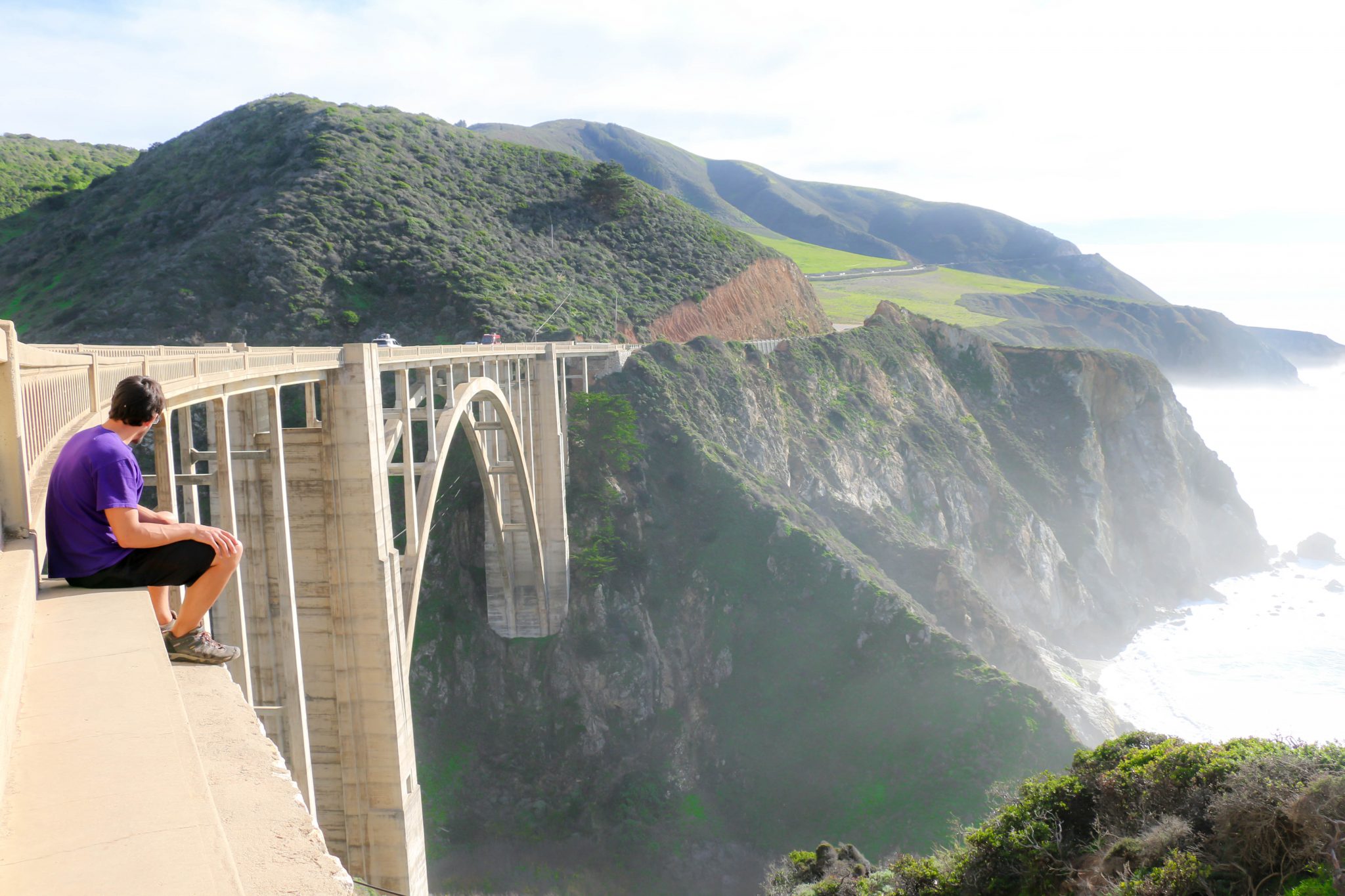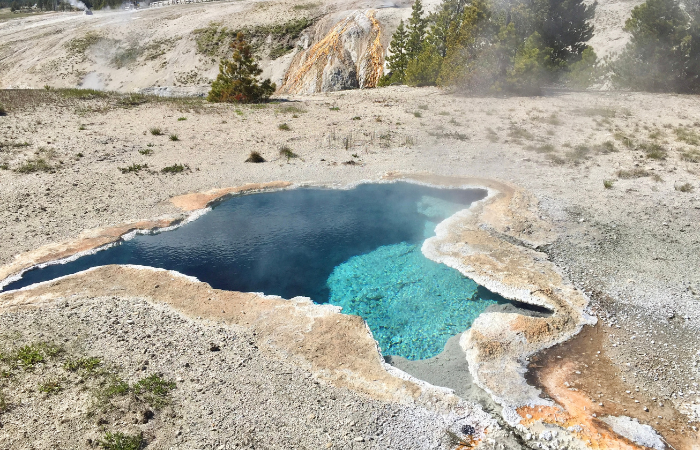Trekking Tour of Sikkim

SIKKIM A TREKKING PARADISE
Nature has blessed this state with unsurpassed beauty which sometimes seems unreal. Variation in altitude provides an opportunity to visitors to experience dramatic changes in climate as well as flora and fauna – right from sub-tropical to temperate to alpine to high altitude areas in a short span of time.
Darjeeling is the gateway to Sikkim. It is about five hours drive from Bagdogra which is well connected with major Indian cities by air service. Alternatively, one can reach Darjeeling from Jalpaiguri by a toy train. It is an old steam locomotive, a vintage train – now a World Heritage train. At one time Darjeeling was a part of Sikkim.
Relaxing on a terrace of one of the posh hotels of Darjeeling with a delicious cup of famous Darjeeling tea and Mt Kachenjunga, India’s highest peak in the distance, plans can be made of how to get closer to Sikkim Himalayas just like the explorers did in the old days.
Trekking in Sikkim has its own charm. Trails pass by beautiful gompas and colorful hamlets through alpine forests full of rich variety of flora and fauna.
Sikkim has three trekking seasons – spring, autumn and winter. Spring and autumn are the best. Winter offers low altitude trekking. Summer is wet for trekking but very exciting for botanical tours.
With a number of short day – hikes and long challenging treks, Sikkim has become a popular destination for trekkers. The most popular trails are: Dzongri/Goecha La Trek and the Green Lakes trek. There is a new trail which is known as Yambong Singalila trek. I took this trail. Singalila is the name applied to the mountain range that covers the sacred landscape of Mt. Kachenjunga – the world’s third highest peak. Kanchenjunga, the guardian deity of the Sikkimese is also called ‘the five Treasures of the Great Snows’.
The trek starts from village Nambu at 1,300m altitude, which is reached after a six hours’ drive to Pelling town (from where?). Along the route, there are some impressive monasteries worth a visit.
It is a 14 day trek with entry from Nambu and exit at Yoksum. During the first couple of days, trekkers gain considerable altitude but such gain is risky and should be taken seriously. While planning a trek, it is necessary to have some extra days in order to acclimatize and keep unplanned extra rest days too. Here is a 14 day itinerary of my trek.
Starting point: Nambu (1,300m ) – Sengkhola (1,780m) – Nayal Patar (2,508m) – Yampong (3,700m – 2 nights) – Lam Pokhri (4,290m – 2 nights). At Lam Pokhri there is a camp next to a holy lake. The place is ideally suited for day trips. An ideal trip is to Damphebir. Damphebir is also called a Devil’s Pass. The top of the Pass is a famous view point – it gives a panoramic view of Mt Everest towards the left and Mt Kanchenjunga range towards the right. The view point is also surrounded by six alpine lakes at its base. From Lam Pokhri the trail leads to Yangseb (3,900m) – Panding (4230m) – Bikbari (3940m) – side trip to Himalayan Mountaineering Institute and Dzongri (3,990m) – Lamuney (4160m) – Day trip to Goecha La (41860m) – Choka (3OOOm) – Yoksam (1,780m).
The trail runs parallel to the border with Nepal from where the Singalila ridge is very close. Trekkers can see mountains like Koktang (6,147m), Ratong (6,679m), Kabru (7338m) and Talung (7,349m) with Mt Kanchenjunga (8,586m) as the crown in the background. From here green ridges change into snowy peaks. The trek passes over some high passes, and deep folds of Mt Kanchengunga.
There are a number of exceptionally good campsites on this trek with great views. One of the highlights of this trip is that the mist clears up in the early morning and offers views ‘fit for gods’.
The first part of this trek leads to the Himalayan Mountaineering Institute (HMI) at Chauringkhang. It is a busy place with students from all over the region. The institute is located at the base of the three mountains, viz, Koktang, Ratong and Kabru.
Turning to south from HMI for some hours, the trail leads to the famous camp site of Dzongri (3,990m) from where the trekkers can enjoy some grand views of the Himalayas. From Dzongri we turned north again to get close to Kanchenjunga South Face. A tough climb to Goecha La was on the programme, but since it was towards the end of the trek it was an easy effort with plenty of time to enjoy the breathtaking views of Kanchenjunga range and surrounding peaks. We also had time to look for the yeti and snow leopard.
On the way out the trail follows the Prek Chu River, below Dzongri and finally exists at Yoksam (1,780m). This trek offers an unforgettable adventure.
Dzongri – Geocha ha trek
A shorter trek, no doubt the most popular trek in Sikkim, in the same area is the Dzongri/Goecha La trek starting from Yoksam up to Dzongri and Goecha La and down to Yoksam again. This route deals with some major altitude gains early so make sure to plan extra days to acclimatise.
The Green liakes trek
Starting from Gangtok with a seven hours drive to Lachen (2,710m), this trek has a bit more gentle approach with altitude gain. Count seven to eight days of trekking to visit Kanchenjunga northeast face. During all these treks it is possible to come upon hot springs and holy caves. Another highlight of finishing a trek in Sikkim is a stay at the classic Himalayan Hotel in Kalimpong.
Note: Foreigners visiting Sikkim must obtain visa and innerline permit. this can be obtained from all indian missions abroad and Sikkim Tourism offices in New Delhi, Kolkata and Siliguri.







